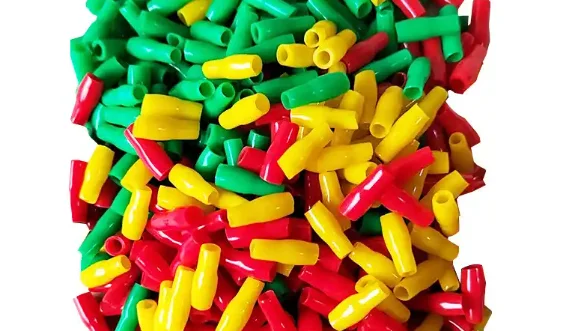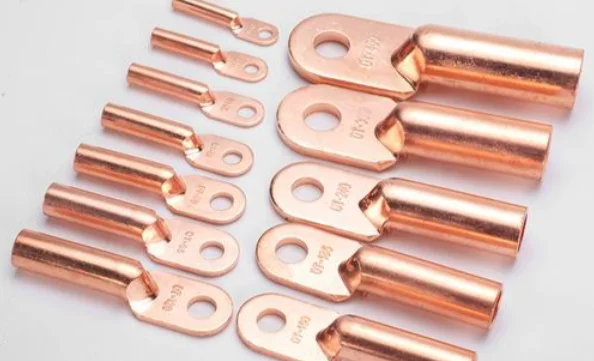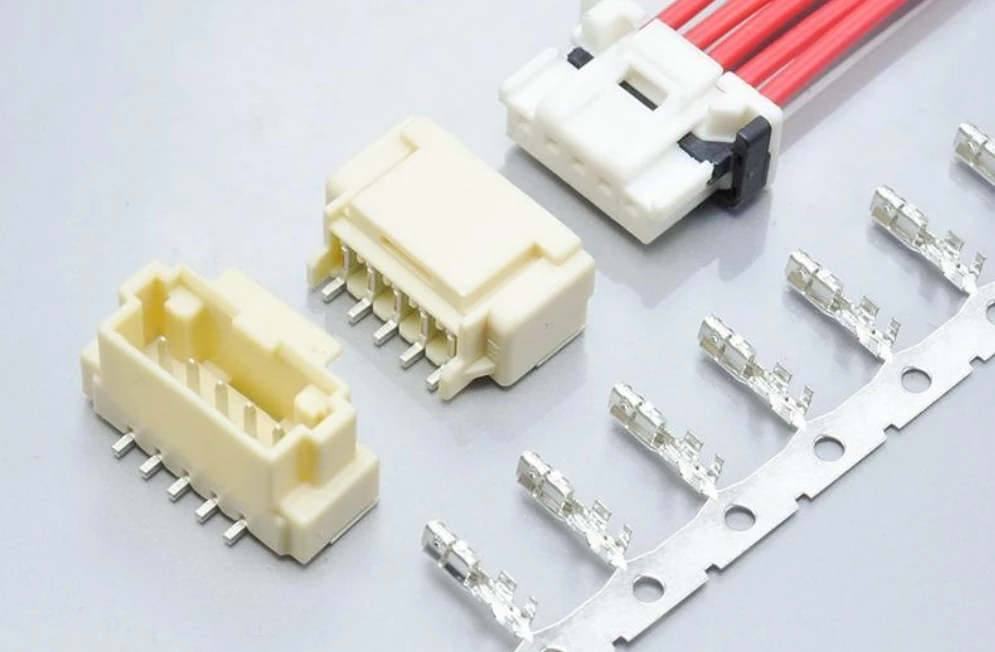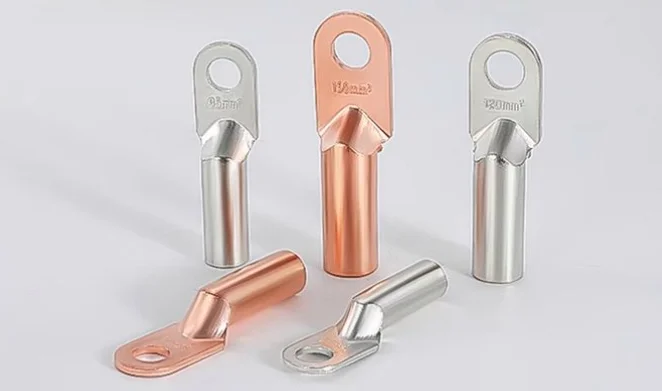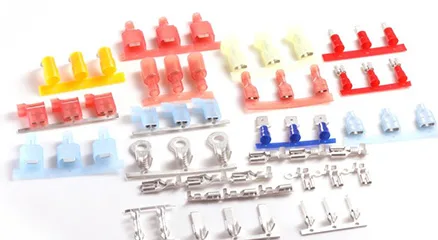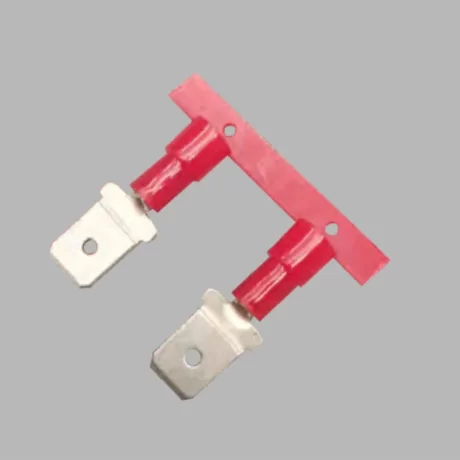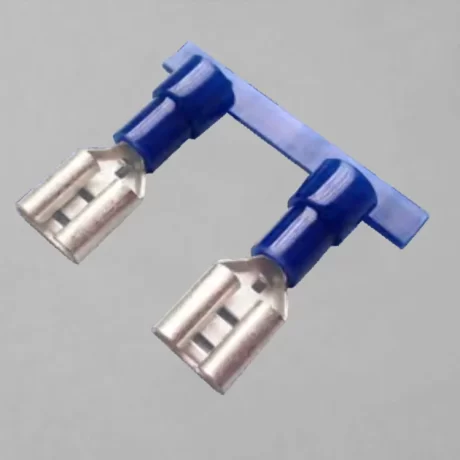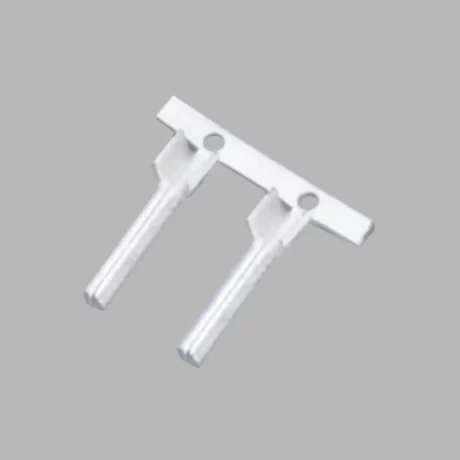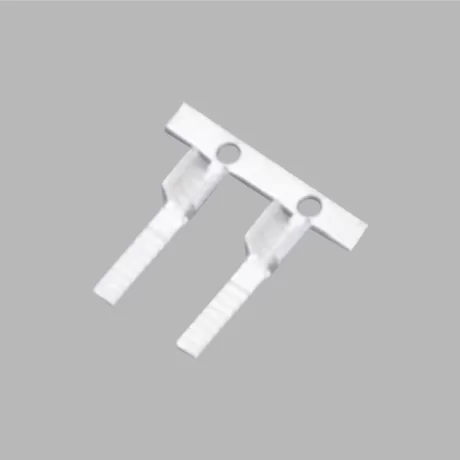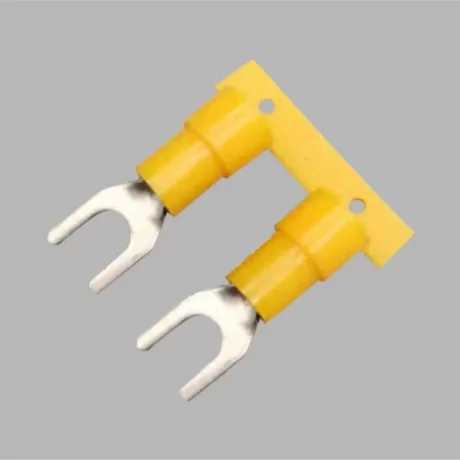Terminal insulation materials are essential in making sure that the electrical connections are safe and stable. The common types of insulation materials are as follows:
1. Plastics
1.1 PVC
PVC is an insulated materials that is widely used. It can ensure that the terminals can be insulated from the exterior electric gas due to its sound insulation performance. Meanwhile, with low cost and convenient processing, the PVC materials can be processed into terminal insulated parts with versatile shapes by injection molding. In industrial environments with weak acid-base, PVC insulated terminals can also work normally, as PVS has a certain degree of chemical corrosion resistance and maintain sound performance in general chemical environments.
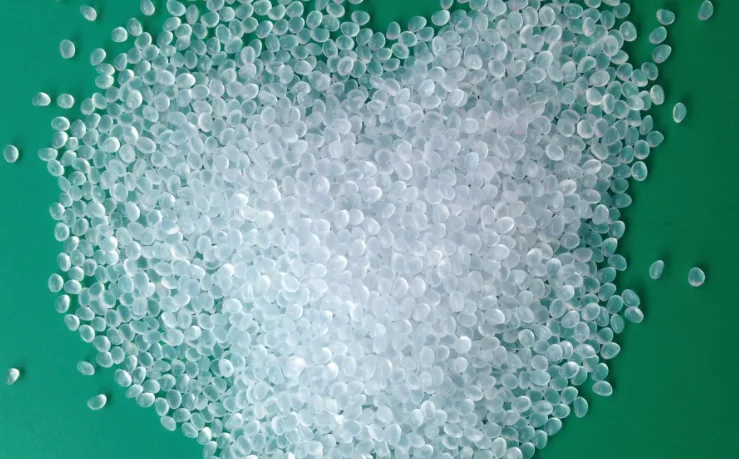
1.2 Nylon (Polyamide)
Nylon can exhibit sound performance in occasions when terminal insulation parts have high demands for mechanical performance, as Nylon have high mechanical performance and can withstand certain exterior force without easily being damaged. For example, for equipment that works under environments that frequent plugging or inserting are needed, Nylon materials can effectively prevent insulation parts from being fractured by plugging or inserting. Nylon has excellent insulation attributes. It can, under accessible temperature range and humidity environment, keep stable insulation attribute. Besides, Nylon has sound resistance. It can resist damage caused by friction.
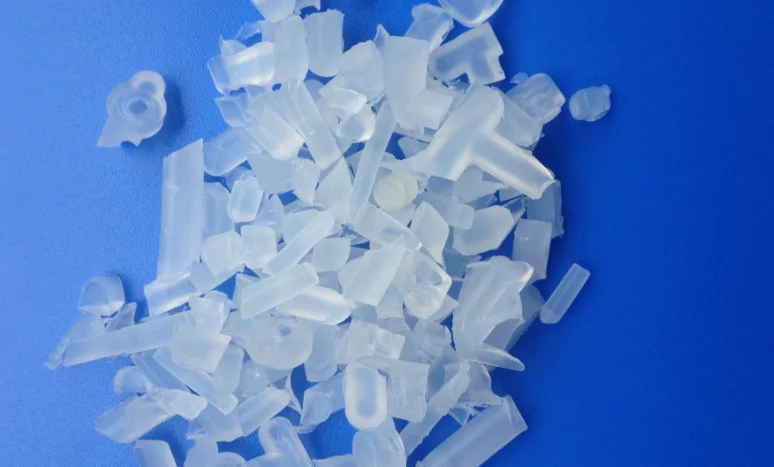
2. Rubber
2.1 Silicone Rubber
Silicone Rubber is a kind of insulated material with high performance. It can maintain sound insulation and elasticity in a wide temperature range. With good water-resistance performance, silicone rubber can prevent water from entering the inner side of terminal so as to avoid short -circuit caused by humidity. Meanwhile, when the terminals of electric control unit near by the engine of a vehicle are exposed in high temperature, silicone rubber insulated materials can prevent insulation ineffectiveness caused by high temperature.
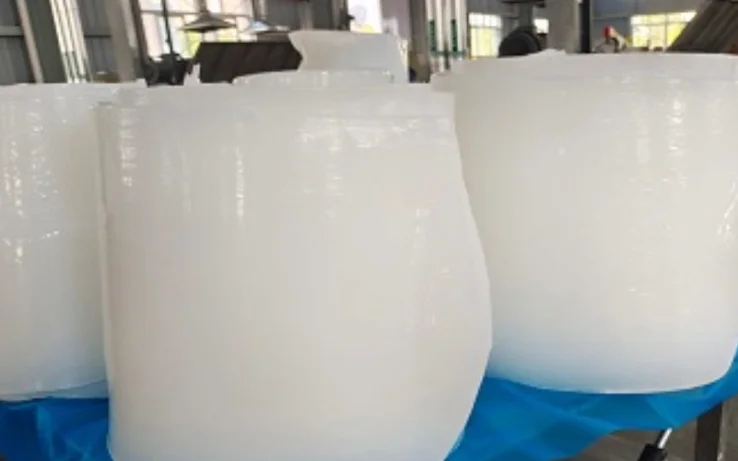
2.2 Nitrile Rubber
Nitrile rubber can provide shock absorption and cushioning due to its certain toughness and elasticity and toughness. It can reduce connection looseness caused by vibration for terminals that may be subjected to vibration. Nitrile rubber is an ideal insulating material for electrical applications in situations that exposure to oils or chemical substances is possible. It has sound chemical resistance and oil resistance. Nitrile rubber can resist the intrusion of oil to ensure terminals insulation. For terminals that are nearby the hydraulic systems of industrial machinery, nitrile rubber can effectively facilitate the terminals to resist oil.
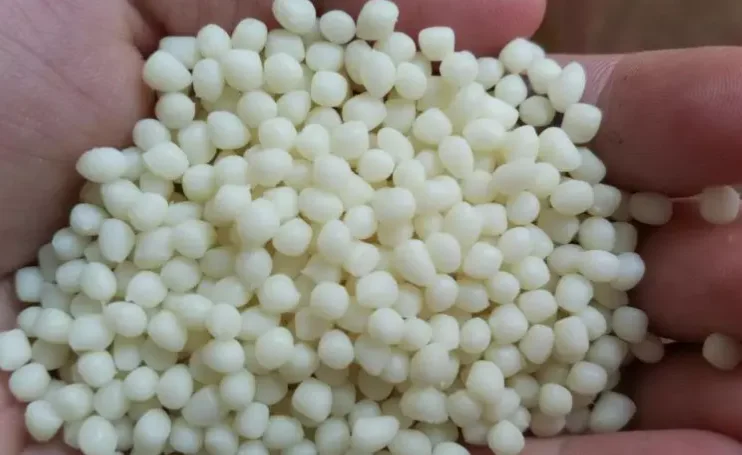
3. Ceramic
Ceramic has excellent dielectric properties and extremely high insulation resistance. It is a traditional insulating material. In harsh electrical environments such as high voltage, high humidity, and high temperature, it can maintain good insulating performance. For example, ceramic insulating materials can effectively prevent leakage and flashover in some high-voltage electrical equipment, such as high-voltage terminals in substations. Regarding to its disadvantages, ceramic materials are prone to cracking under external impact and relatively brittle. Therefore, during use and installation, they need to be specially protected.
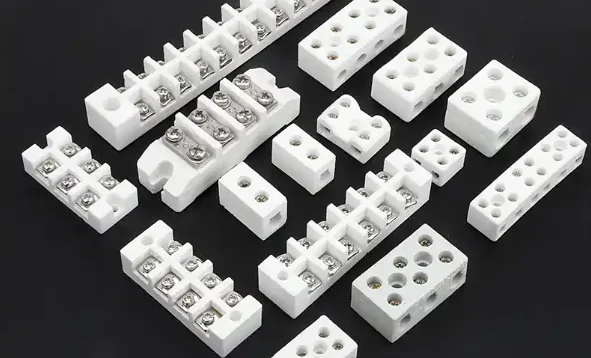
Continue Reading
How to Analysis Terminal Material and Welding Process?
How Many Types of Electrical Terminals and Connector?(Guide for 14 Types)
Connection Methods and Analysis of Terminals and Connectors(5 Necessary Steps)
Electrical Terminal Materials: 4 Key Points (+How to Select?)
What factors determine the cost of electrical terminals and connectors? (10 Key Factors)
Tinned Copper Terminals VS Bare Copper Terminals: How to Choose? (8 Points to Consider)

